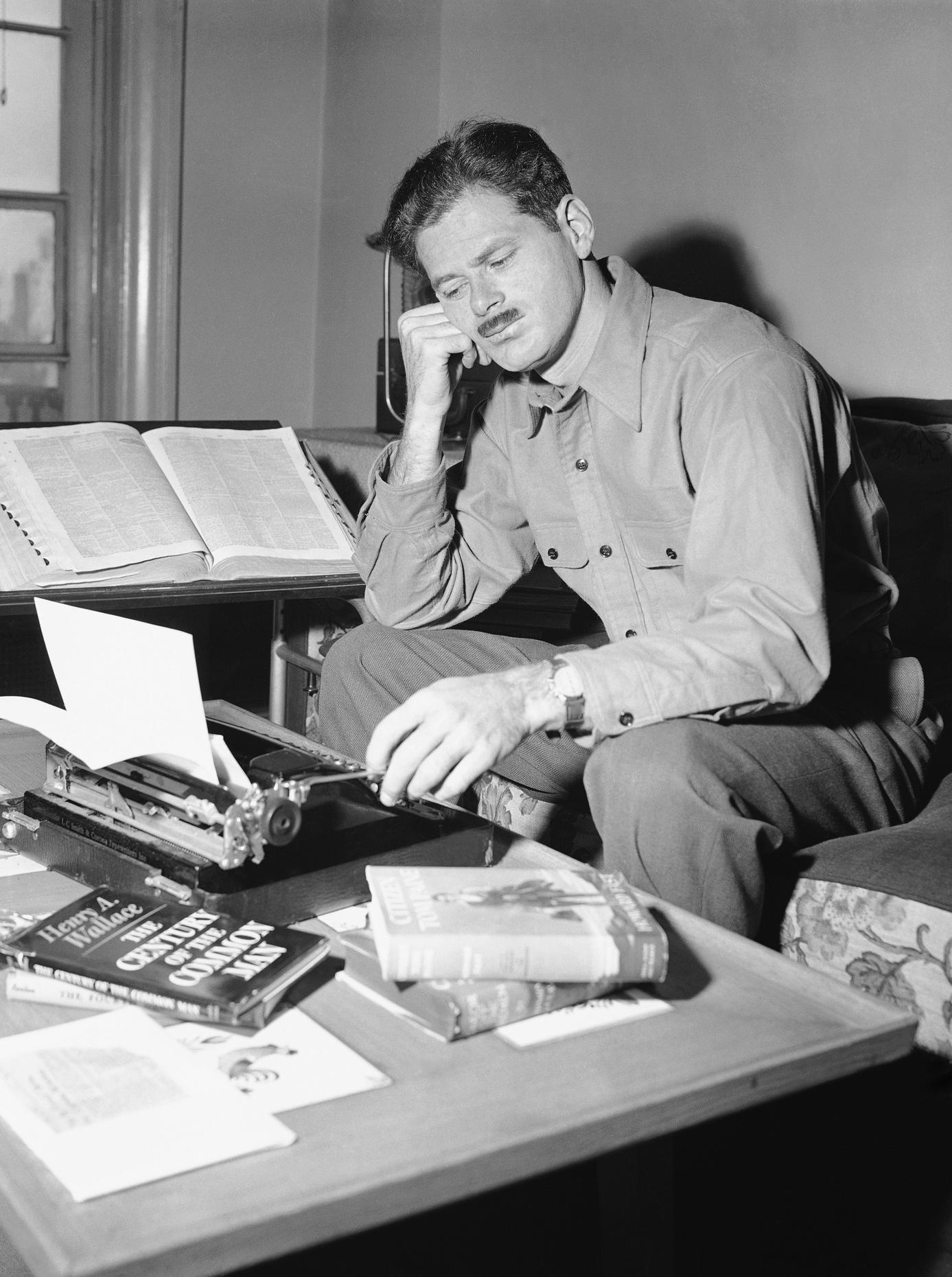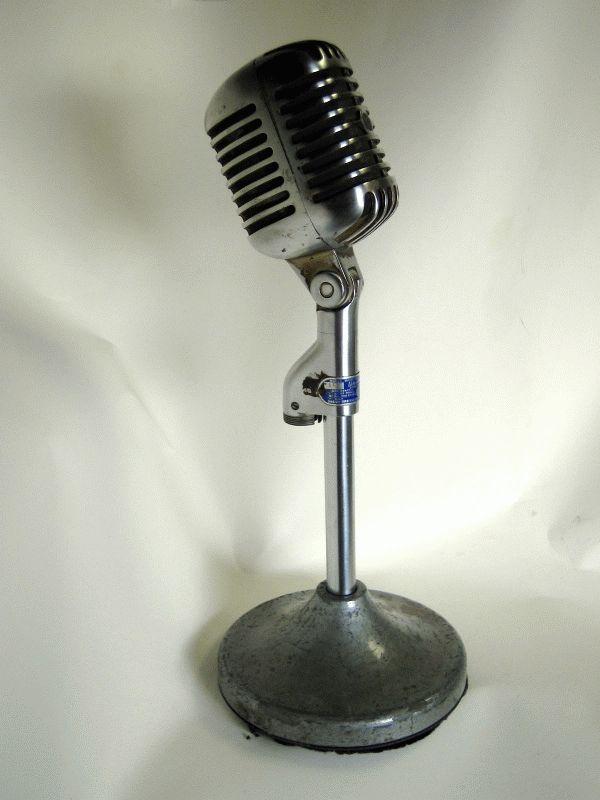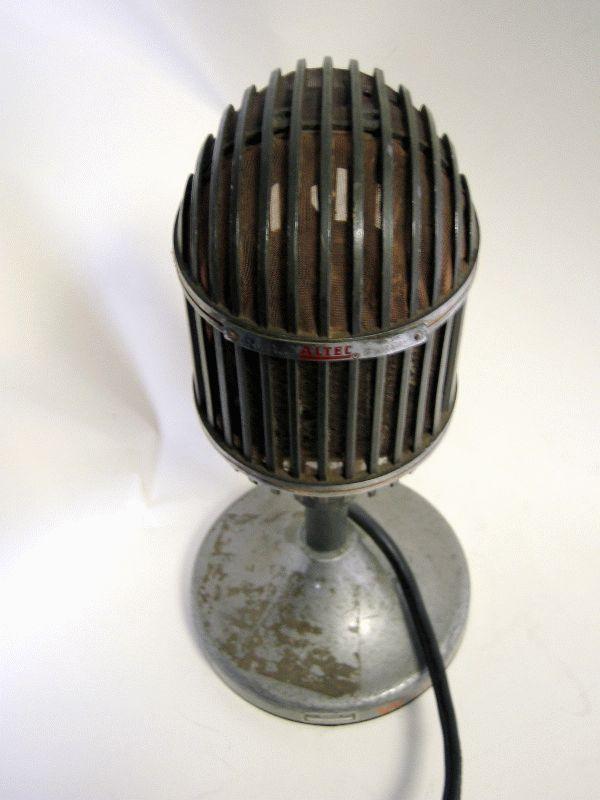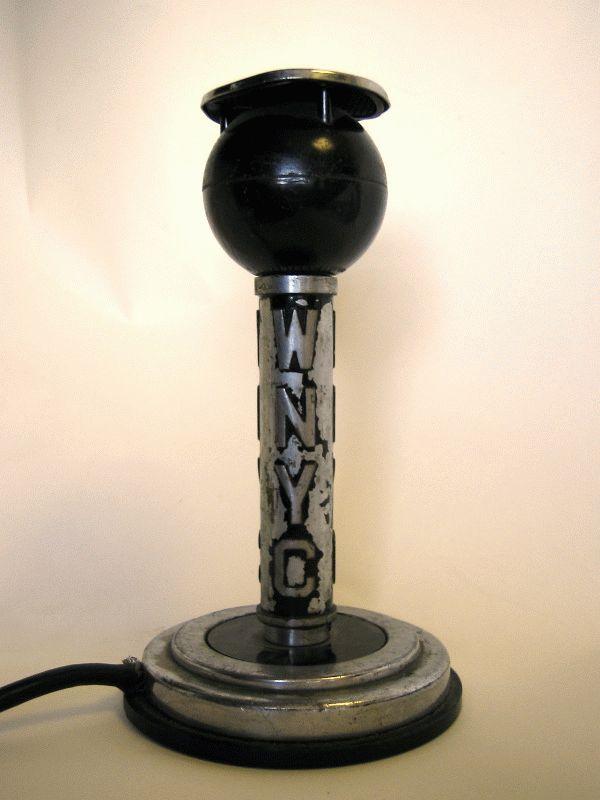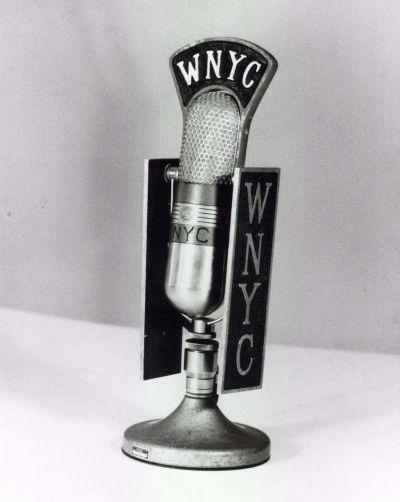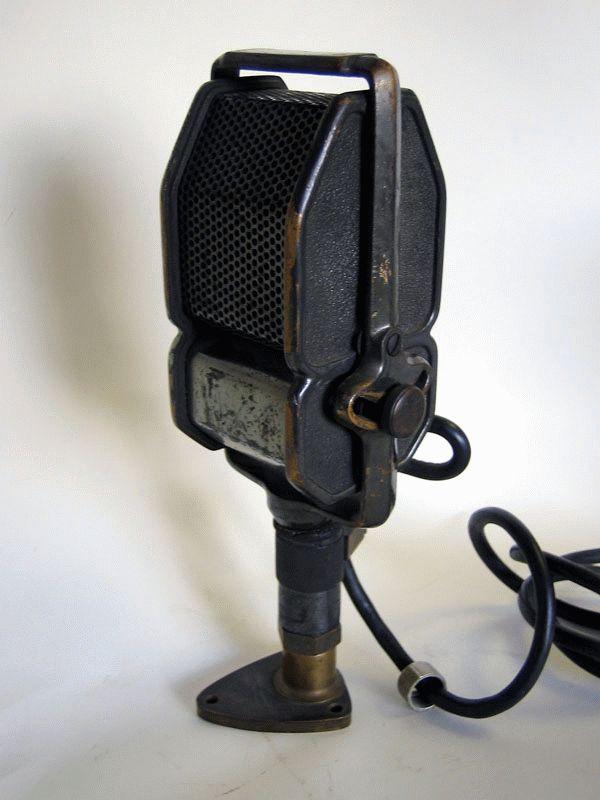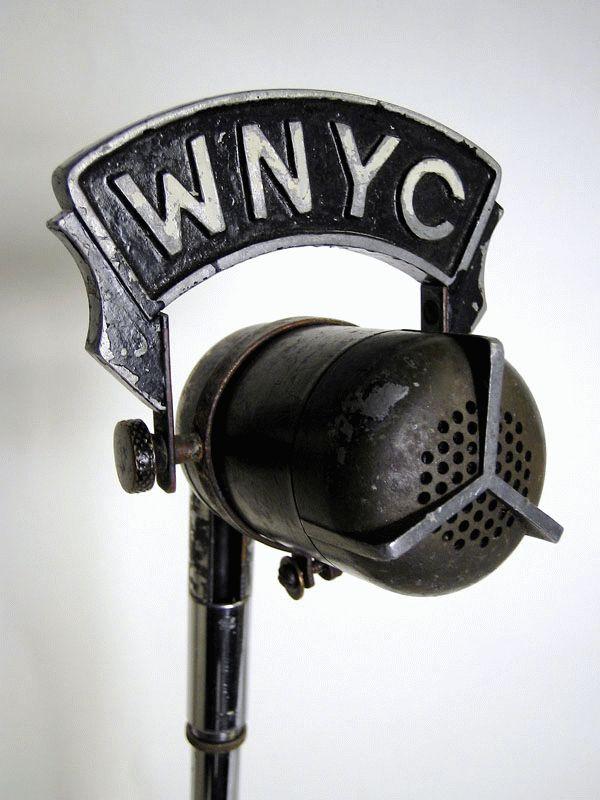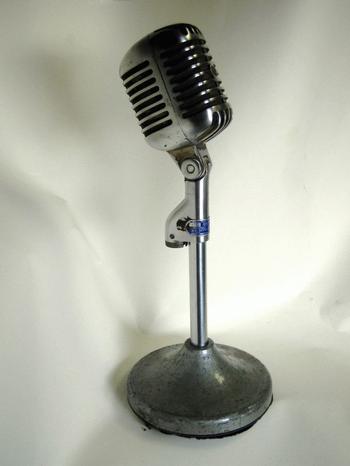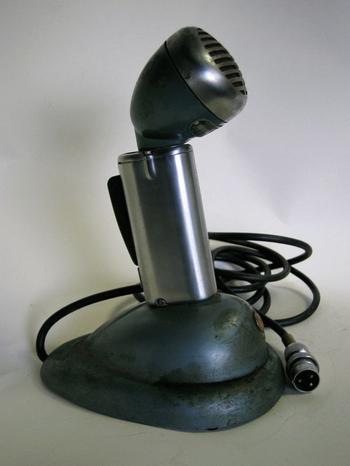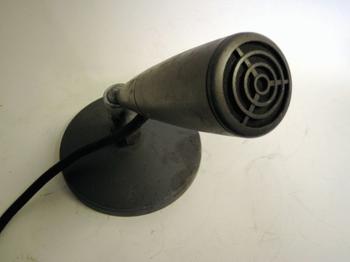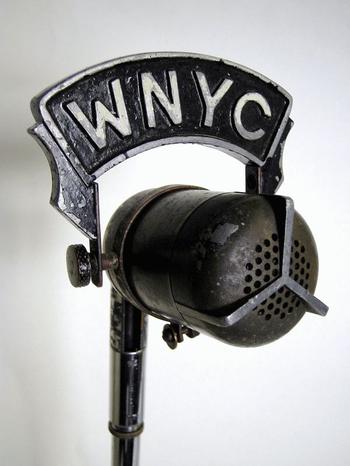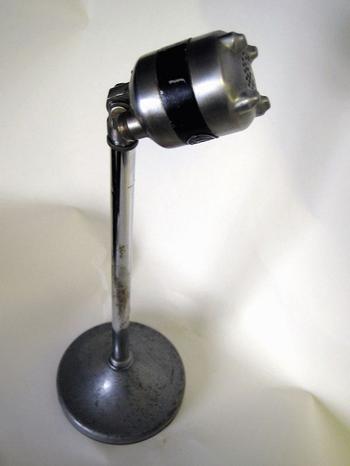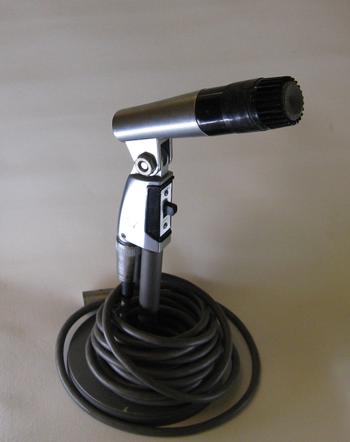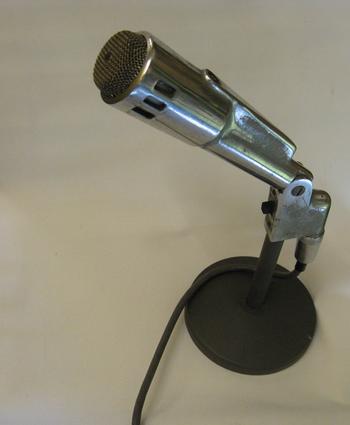
"This microphone is not an ordinary instrument,
For it looks out on vistas wide indeed:
My voice commingles now with northern lights and
asteroids and Alexander's skeleton,
With dead volcanoes and with donkey's ears
It swims with minnows and it's in the Sphinx's jaw.
It drifts among whatever spirits pass across the night.
Here is a thought to fasten to your throat:
Who knows who may be listening? And where?"
Norman Corwin
The conclusion to Seems Radio Is Here to Stay
When the late, great Norman Corwin wrote and produced this tribute to the medium in 1939, the radio microphone was the primary nexus to the world beyond our street, neighborhood, town and city. Television, as we know it, was in its infancy; records were brittle and broke like fine china. There was no Internet, iPhone, iPod or iPad. Social media meant going to the movies, and the movie makers were just discovering technicolor — something the mind's eye had from the get-go with radio.
At the beginning of radio's long signal chain is the microphone, a kind of on-the-scene ambassador and interpreter. Whether unidirectional, omnidirectional, dynamic, cardioid, ribbon, carbon button or condenser, they all soaked up the voices and sounds of our world. Indeed, like a sonic sponge, for 93+ years the WNYC microphones have been the starting point for broadcasts and productions featuring the mighty to the minuscule and more. Below you'll find some of them.
Shure 55 "Elvis" Microphone
This classic super cardioid unidirectional moving coil dynamic mic first came into use in 1951. It was long favored by 'The King" as well as WNYC's Chief Concert Engineer Edward Haber.
Microphones 'hear' or take in sound in different ways or patterns. The pattern of a microphone is the sensitivity to sound relative to the direction the sound arrives. The most common types of directionality are: omnidirectional, cardioid and supercardioid, which is a very unidirectional microphone good for screening out background sound and noise.
Western Electric (Altec) 639A "Bird Cage" Microphone
The 'birdcage' was first made in 1939. It has a 3-position switch that selects the ribbon (bidirectional), the dynamic element (omnidirectional), or a combination of the two (unidirectional).
A ribbon microphone uses a thin aluminum or nanofilm of electrically conductive ribbon placed between the poles of a magnet to produce voltage by electromagnetic induction. It is also called a velocity microphone because its induced voltage is proportional to the velocity or movement of the ribbon produced by the air particles in the sound wave hitting it.
Western Electric 630A "Eight Ball" Microphone
This microphone was often placed on a table between an interviewer and interviewee. It is an omnidirectional dynamic mic that dates from 1931 and was used well into the 1950s.
Dynamic mics have a thin diaphragm attached to a coil of extremely thin copper wire. The coil is suspended in a magnetic field and, when sound vibrates the diaphragm, the coil moves up and down, creating a very small electrical current.
RCA 77DX "Pill Capsule" Microphone
This polydirectional ribbon microphone was first sold by RCA in 1954. Its predecessors (models A,B,C, and D) have become icons of the broadcast and recording industries.
Amperite SR-80 Ribbon Microphone
Made of a rugged bronze and steel case this microphone was used from the mid-1930s into the 1940s. The SR80 is one of the finest bidirectional ribbon or velocity mics found in this period.
Western Electric 633A "Salt Shaker" Microphone
It was developed by Bell Labs in the late 1930s and used by WNYC well into the 1960s. The 633A is a rugged, low impedance dynamic microphone and popular as a reliable workhorse with radio stations for many years.

